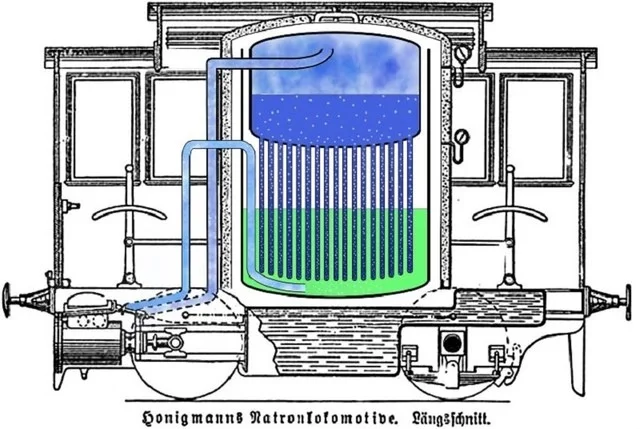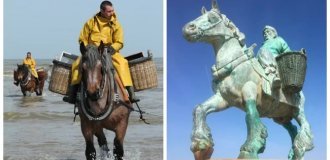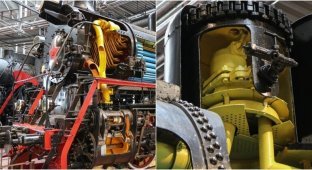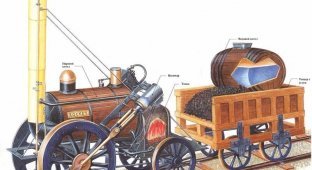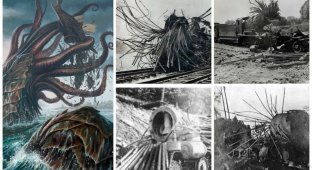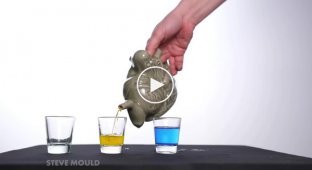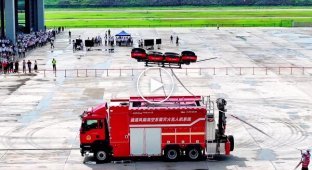The history of mysterious soda locomotives (4 photos)
A steam locomotive powered by... soda? It sounds incredible, but such machines actually existed - albeit for a short period. This curious type of locomotive was used in both Europe and America, but was not widely used. 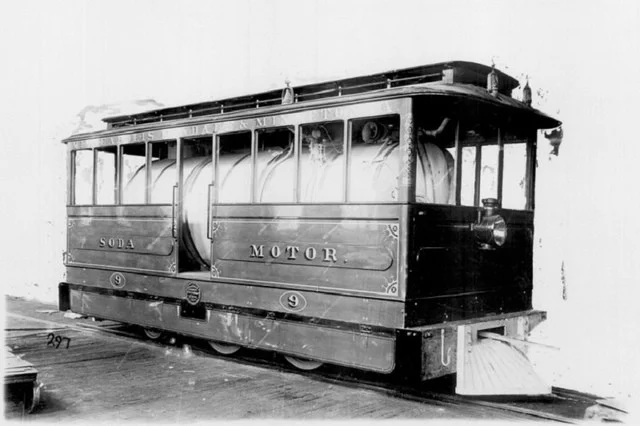
Its design was based on the same principle as a regular steam locomotive, but the method of heating the water was completely different. Instead of the usual firebox where coal was burned, it used a chemical reaction. The boiler was surrounded by a special shell filled with several tons of caustic soda, known as sodium hydroxide. As soon as water was added to this mass, a violent exothermic reaction began, releasing a huge amount of heat.
This was enough to boil the water inside the boiler and produce steam, which was then fed into the cylinders, setting the pistons in motion - just like in a classic steam locomotive. 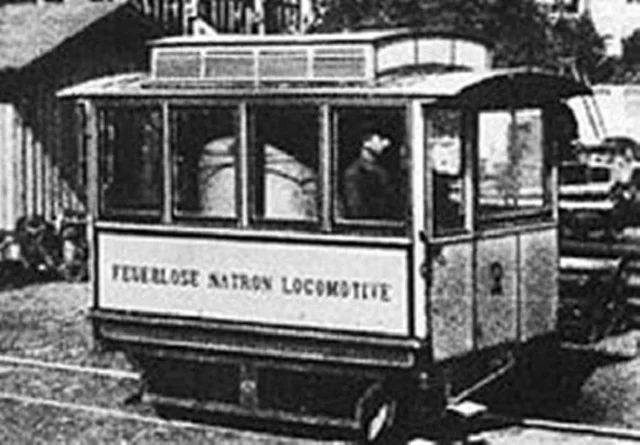
But the soda locomotive had one important feature: the generated steam was not emitted outside, but was again directed into the caustic soda, maintaining the reaction. Thanks to this, the system worked in a closed cycle, and the locomotive moved almost silently. In addition, unlike traditional steam locomotives, it did not leave any clouds of smoke or soot.
The caustic soda supply was enough for several hours of operation. Then its concentration decreased, and the reaction stopped producing the necessary heat. To return the locomotive to service, it was sent to the station for "recharging". This process consisted of passing superheated steam from a stationary boiler through a saturated solution of sodium hydroxide. The water evaporated, and only caustic soda remained in the tank, ready for a new cycle of work. After this, the locomotive was ready for operation again. 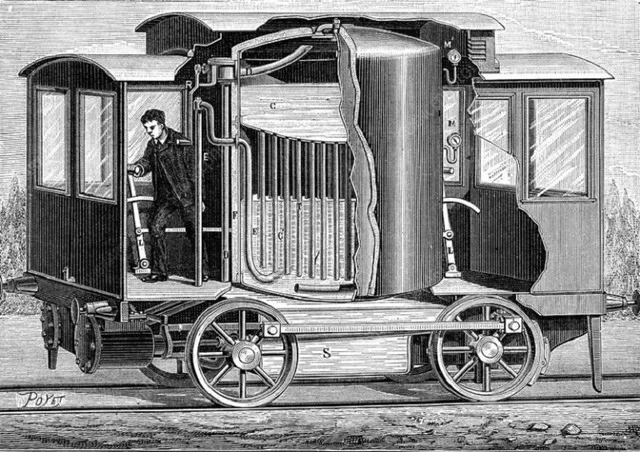
The soda engine was invented by the German chemist and engineer Moritz Honigmann, who presented his development in the early 1880s. Soon after, several so-called "fireless locomotives" appeared in Berlin and Aachen, which were successfully used in the public transport system. In addition, a steamboat that ran on the Spree River near Berlin was equipped with a Honigmann soda engine and made several successful trips up and down the river.
At the same time, similar engines began to be used in Philadelphia, USA.
However, the technology had its weaknesses. In 1885, specialists from the Technical University of Munich conducted a detailed study of the soda engine and came to the conclusion that its efficiency left much to be desired - 40% less than that of traditional steam locomotives. True, cheaper and lower-grade coal, which was used to heat stationary boilers at depots, could be used to recharge soda locomotives. But this argument did not outweigh other disadvantages. In addition to low productivity, there was also a serious danger - heated caustic soda could cause severe burns, and the likelihood of an explosion made the use of such steam locomotives a risky undertaking.
Ultimately, the soda locomotive turned out to be too ineffective, and the potential threats outweighed its advantages. In addition, the railway industry has already begun to shift to more modern types of traction – diesel and electric engines, which eventually replaced not only soda but also classic steam locomotives. 